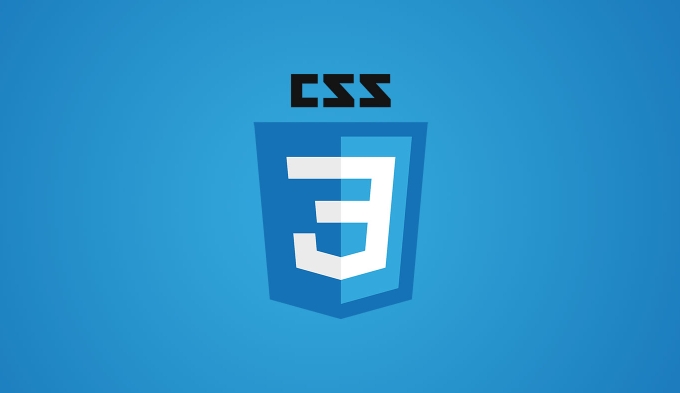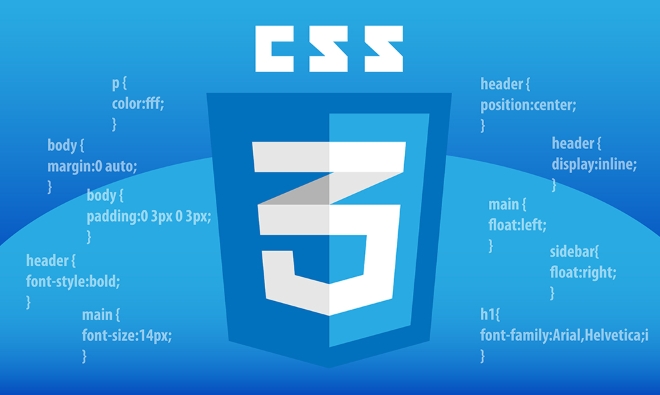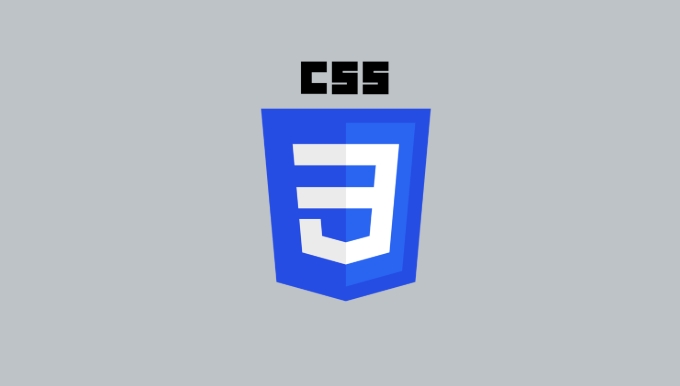To achieve a sticky footer, use Flexbox or Grid layout. 1. When using Flexbox, set the container to flex and set flex-direction: column to make the main content area expandable to fill the space; 2. When using Grid, define the row height through grid-template-rows to allow the main content to occupy the remaining space; 3. Pay attention to the mobile browser viewport problem and avoid directly using vh units or dynamically calculating the height to ensure the layout is displayed correctly. These methods can effectively achieve sticky footer effect.

A sticky footer sticks to the bottom of the viewport when the content is short, but moves down naturally when the page content is taller than the screen. It's a common UI pattern and easier to pull off now with modern CSS tools like Flexbox and Grid.

Use Flexbox for a simple, reliable layout
Flexbox was designed for one-dimensional layouts, making it perfect for aligning a footer to the bottom of the screen while letting the main content expand in between.

Here's how you can do it:
- Set the container (often
body) todisplay: flex - Use
flex-direction: column - Make the main content area grow to fill available space
body {
display: flex;
flex-direction: column;
min-height: 100vh;
}
main {
flex: 1;
}With this setup, your footer will stay at the bottom of the screen even if there's not much content — and scroll away when there's more.

Consider CSS Grid for more control
If you want more precise control over your layout structure, CSS Grid is another solid option. It works well too:
body {
display: grid;
grid-template-rows: auto 1fr auto;
min-height: 100vh;
}In this case:
- The header takes up
autoheight - The main content (
1fr) fills the remaining space - The footer sits at the bottom
This method is just as effective as Flexbox and might be better suited if you're already using Grid elsewhere in your layout.
Watch out for mobile browser quirks
One thing that often trips people up: mobile browsers have dynamic address bars that affect the actual viewport height. Using 100vh directly on elements can cause unexpected behavior — like cutting off part of your footer when the address bar hides or shows.
To avoid that:
- Avoid setting fixed heights using
vhunits on containers that include the footer - Or use
window.innerHeightvia JavaScript to dynamically calculate height if needed
It's a subtle issue, but worth checking on real devices if your site needs pixel-perfect layout behavior.
Basically that's it. Stick a footer to the bottom with Flexbox or Grid, keep an eye on mobile viewports, and you're good to go.
The above is the detailed content of Crafting a sticky footer layout using modern CSS. For more information, please follow other related articles on the PHP Chinese website!

Hot AI Tools

Undress AI Tool
Undress images for free

Undresser.AI Undress
AI-powered app for creating realistic nude photos

AI Clothes Remover
Online AI tool for removing clothes from photos.

Clothoff.io
AI clothes remover

Video Face Swap
Swap faces in any video effortlessly with our completely free AI face swap tool!

Hot Article

Hot Tools

Notepad++7.3.1
Easy-to-use and free code editor

SublimeText3 Chinese version
Chinese version, very easy to use

Zend Studio 13.0.1
Powerful PHP integrated development environment

Dreamweaver CS6
Visual web development tools

SublimeText3 Mac version
God-level code editing software (SublimeText3)

Hot Topics
 What is 'render-blocking CSS'?
Jun 24, 2025 am 12:42 AM
What is 'render-blocking CSS'?
Jun 24, 2025 am 12:42 AM
CSS blocks page rendering because browsers view inline and external CSS as key resources by default, especially with imported stylesheets, header large amounts of inline CSS, and unoptimized media query styles. 1. Extract critical CSS and embed it into HTML; 2. Delay loading non-critical CSS through JavaScript; 3. Use media attributes to optimize loading such as print styles; 4. Compress and merge CSS to reduce requests. It is recommended to use tools to extract key CSS, combine rel="preload" asynchronous loading, and use media delayed loading reasonably to avoid excessive splitting and complex script control.
 How to use Lotties in Figma
Jun 14, 2025 am 10:17 AM
How to use Lotties in Figma
Jun 14, 2025 am 10:17 AM
In the following tutorial, I will show you how to create Lottie animations in Figma. We'll use two colorful designs to exmplify how you can animate in Figma, and then I'll show you how to go from Figma to Lottie animations. All you need is a free Fig
 Breaking Boundaries: Building a Tangram Puzzle With (S)CSS
Jun 13, 2025 am 11:33 AM
Breaking Boundaries: Building a Tangram Puzzle With (S)CSS
Jun 13, 2025 am 11:33 AM
We put it to the test and it turns out Sass can replace JavaScript, at least when it comes to low-level logic and puzzle behavior. With nothing but maps, mixins, functions, and a whole lot of math, we managed to bring our Tangram puzzle to life, no J
 External vs. Internal CSS: What's the Best Approach?
Jun 20, 2025 am 12:45 AM
External vs. Internal CSS: What's the Best Approach?
Jun 20, 2025 am 12:45 AM
ThebestapproachforCSSdependsontheproject'sspecificneeds.Forlargerprojects,externalCSSisbetterduetomaintainabilityandreusability;forsmallerprojectsorsingle-pageapplications,internalCSSmightbemoresuitable.It'scrucialtobalanceprojectsize,performanceneed
 Does my CSS must be on lower case?
Jun 19, 2025 am 12:29 AM
Does my CSS must be on lower case?
Jun 19, 2025 am 12:29 AM
No,CSSdoesnothavetobeinlowercase.However,usinglowercaseisrecommendedfor:1)Consistencyandreadability,2)Avoidingerrorsinrelatedtechnologies,3)Potentialperformancebenefits,and4)Improvedcollaborationwithinteams.
 CSS Case Sensitivity: Understanding What Matters
Jun 20, 2025 am 12:09 AM
CSS Case Sensitivity: Understanding What Matters
Jun 20, 2025 am 12:09 AM
CSSismostlycase-insensitive,butURLsandfontfamilynamesarecase-sensitive.1)Propertiesandvalueslikecolor:red;arenotcase-sensitive.2)URLsmustmatchtheserver'scase,e.g.,/images/Logo.png.3)Fontfamilynameslike'OpenSans'mustbeexact.
 What is Autoprefixer and how does it work?
Jul 02, 2025 am 01:15 AM
What is Autoprefixer and how does it work?
Jul 02, 2025 am 01:15 AM
Autoprefixer is a tool that automatically adds vendor prefixes to CSS attributes based on the target browser scope. 1. It solves the problem of manually maintaining prefixes with errors; 2. Work through the PostCSS plug-in form, parse CSS, analyze attributes that need to be prefixed, and generate code according to configuration; 3. The usage steps include installing plug-ins, setting browserslist, and enabling them in the build process; 4. Notes include not manually adding prefixes, keeping configuration updates, prefixes not all attributes, and it is recommended to use them with the preprocessor.
 What are CSS counters?
Jun 19, 2025 am 12:34 AM
What are CSS counters?
Jun 19, 2025 am 12:34 AM
CSScounterscanautomaticallynumbersectionsandlists.1)Usecounter-resettoinitialize,counter-incrementtoincrease,andcounter()orcounters()todisplayvalues.2)CombinewithJavaScriptfordynamiccontenttoensureaccurateupdates.






